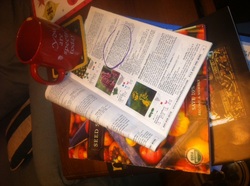
What should you order?
Bees like LOTS of flowers (and trees and bushes). Like a kid reaching for a cookie jar on the top shelf, bees will even try to get to flowers in which their tongues are too short. The current trend is to try and plant flowers and shrubs that will bloom at various times throughout the growing season. You get extra bee points if you plant varieties that are native to your area.
Luckily, there are no shortage of flowering annuals and perennials, as well as trees and shrubs that bees race to when the weather warms up. Today, I'm just going to mention some bee friendly plants in Central Illinois. However, you can browse many seed catalogs online or call and ask for a "local mix".
You may also want to talk with your local Master Gardener, who can recommend some varieties that will keep your garden blooming from April to October, and your bees happily gathering pollen and nectar.
Below are some (of many!) sources for seeds, along with a list of bee friendly plants in Central IL, as provided to me by Friends of Sangamon Valley (Thanks, Verne, LaGess!)
Until next time, thanks for reading.
tim
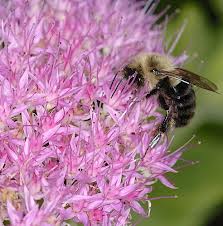
Your local gardening enthusiasts, garden clubs and neighbors.
Barefoot Nursery: PO Box 5176, Springfield IL 62704
IL Pheasants and Quail Forever offers a pollinators-mix - IhuntIllinois.com/seeds.html
Pinetree Seeds : superseeds.com
Seedsavers Exchange (heirloom and non-hybrid seeds): Seedsavers.org
Wildseed Farms (you can order “zone mixes” for your growing zone: wildseedfarms.com
Bee Friendly Plants for Central Illinois
April
Virginia Spiderwort
Wild Hyacinth
Golden Alexander’s
May
New Jersey Tea
White Indigo
Bee Balm
Black-eyed Susan
Patridge Pea
Ohio Spiderwort
June
Butterfly Milkweed
Prairie Milkweed
Common Milkweed
Leadplan
Prairie Coreopsis
Purple Prairie Clover
Pale Purple Coneflower
False Sunflower
Compass Plant
IL Bundle Flower
July
Purple Coneflower
Culverts Root
Dense Blazing Star
Joe Pye Weed
Rattlesnake Master
Prairie Dock
Rosinweed
Western Sunflower
Wild Penstemon
August
True Boneset
Rough Blaszingstar
Round headed Bush clover
Hairy Mountain Mint
September
Rigid Goldenrod
New England Aster
False Boneset
Sneezeweed
Bottled Genetian
October
Smooth Aster
Showy Goldenrod
Stiff Genitian
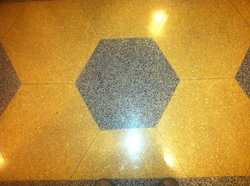
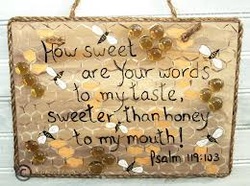
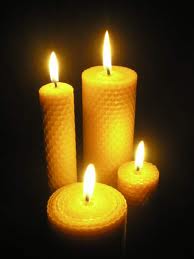
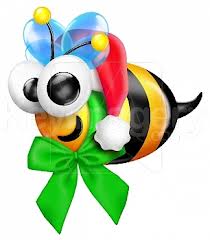
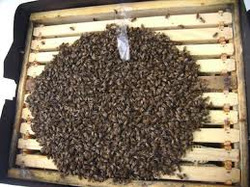
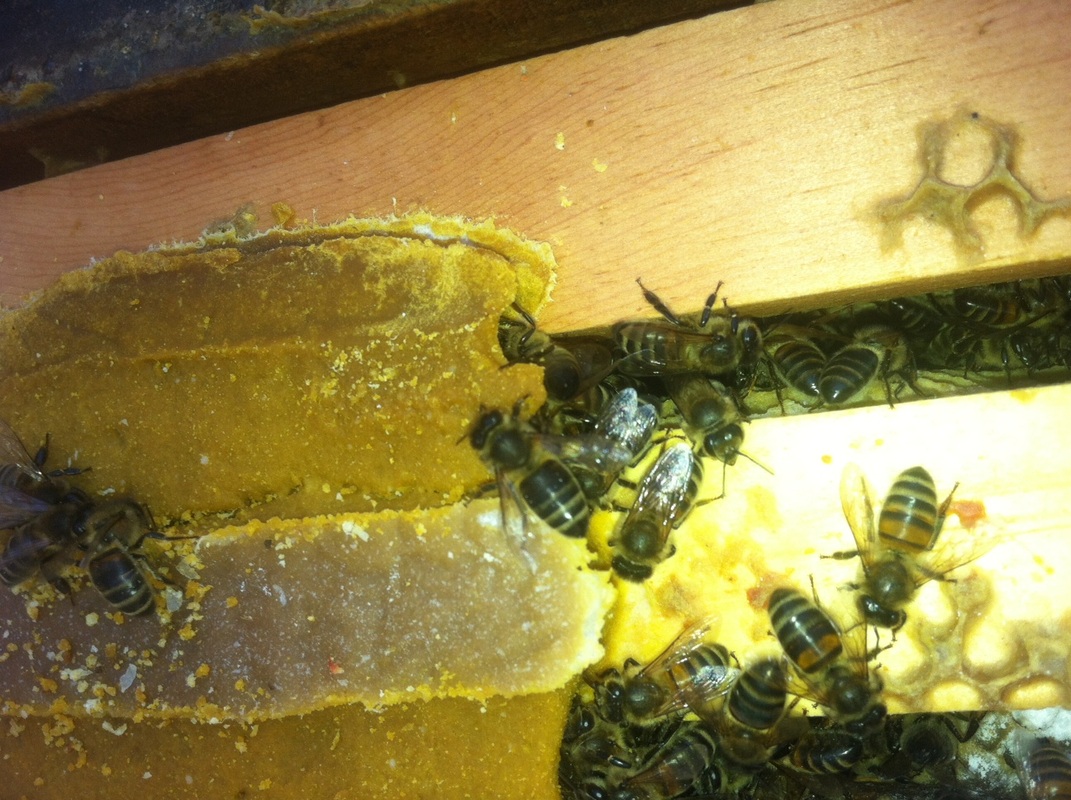

 RSS Feed
RSS Feed